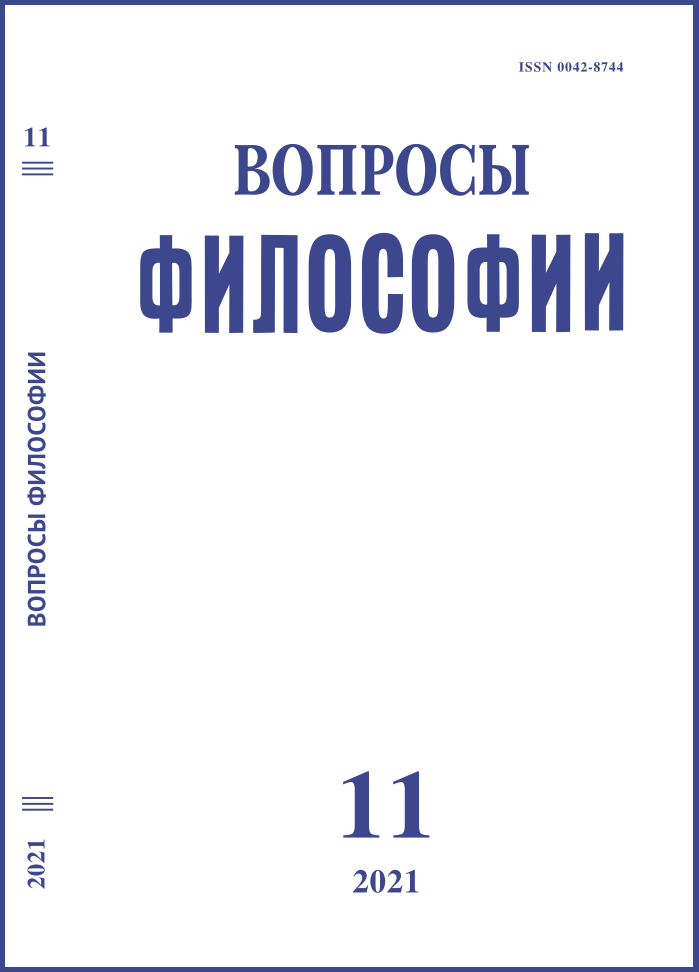A Glimpse of the Beginning of the Path
DOI:
https://doi.org/10.21146/0042-8744-2021-11-43-46Keywords:
crisis of technogenic civilization, human transformation, The golden age of Spanish culture, medical philosophers of the 16th century, Oliva (Miguel) Sabuco, psychosomatic medicine.Abstract
The article raises the question of whether the question of human transformation was raised at the time of the entry of European civilization on the technogenic path of development and its transition to the modern era. We are talking about a short period of time (XVI century) and limited geographical space (Iberian Peninsula) in this spatio-temporal interval, you can find the actual and textual confirmation of the beginning of such a transition. The work, which is discussed in more detail – “New philosophy of nature man, not known and not reached by the great ancient philosophers, which improves human life and health. Compiled by Dona Oliva Sabuco” (1587). Her basic idea: on the physical condition, health and life expectancy of a person can be influenced if you study and understand how it is influenced by the inherent his passions, emotions. It is shown that the study of philosophical and medical texts the past allows you to find the points of transition to a new civilizational dominant, the central category that invariably remains “human”, earlier than in others areas of knowledge. It is in them that numerous intersection points are found: daily care of a person the search for true scientific knowledge about his anatomy and physiology and care for his moral and spiritual condition, upbringing and education subsequent generations and even the possibility of existence after death.

